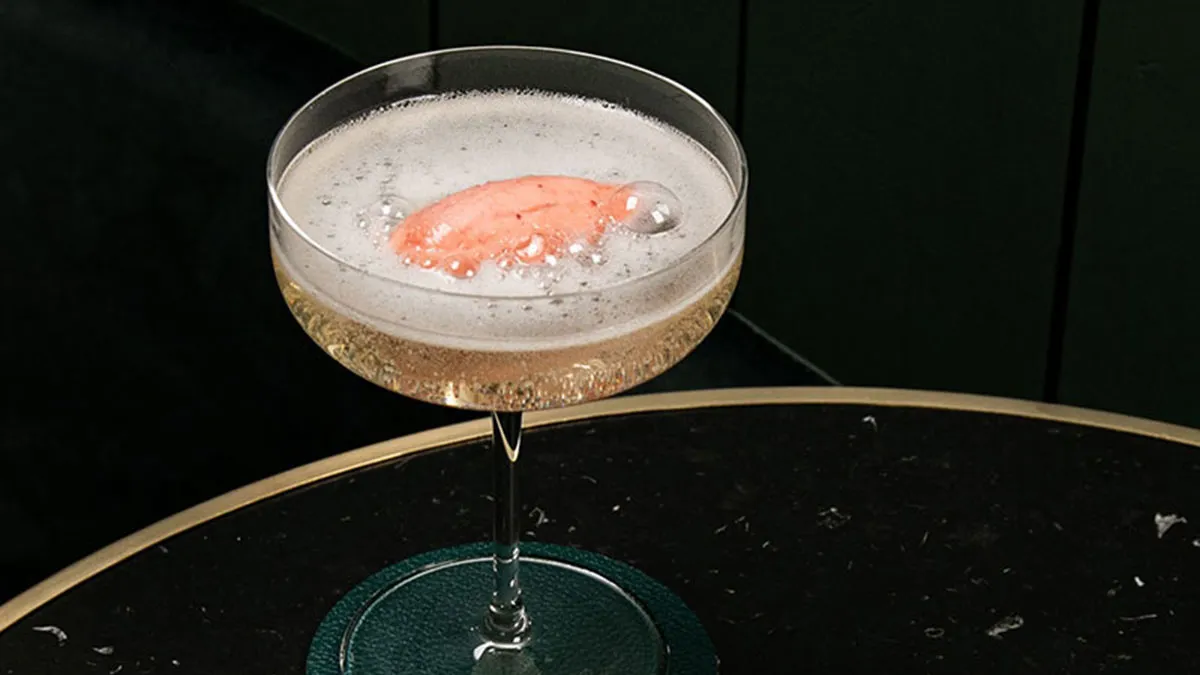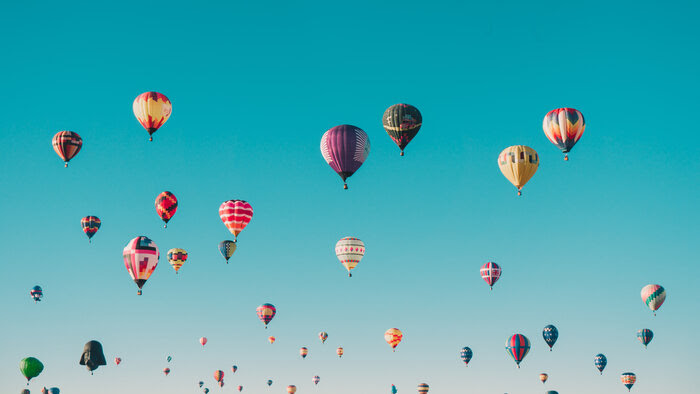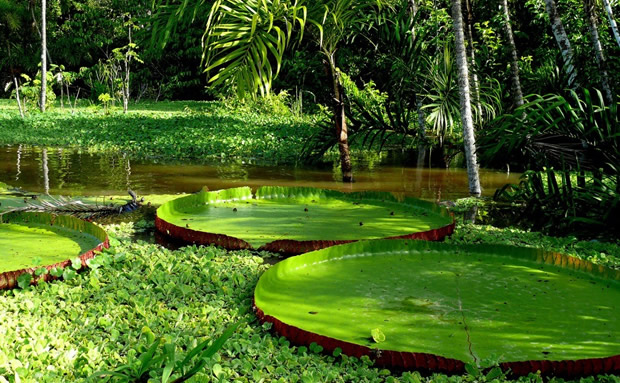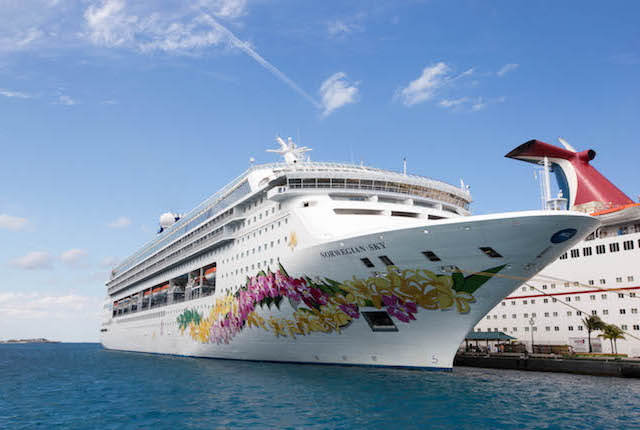Recently named the best cocktail bar in the world by ‘The World’s 50 Best Bars’, Sips led by Simone Caporale and Marc Alvarez in Barcelona’s Eixample is an experience full of technique, creativity and no barriers between the service and the customer.
BY PAULA MÓVIL
November 6, 2023
On Calle Muntaner 108, in the heart of Barcelona’s Eixample neighborhood, you’ll find a
destination that’s become famous in the world of mixology—Sips— which was recently named
the top cocktail bar in the world in 2023.
“We are here in the center of the neighborhood, an area popular with tourists but that still
maintains the true essence of Barcelona. It’s also where you’ll find other iconic cocktail bars
such as Dry Martini, Tandem, Galileo, and Solange. It is a cocktail destination with its own
identity and even a touch of elegance,” explains Marc Alvarez. He and his Italian business
partner, Simone Caporale, are responsible for this place where a cocktail bar has been
transformed into a celebration of the art of mixed drinks.
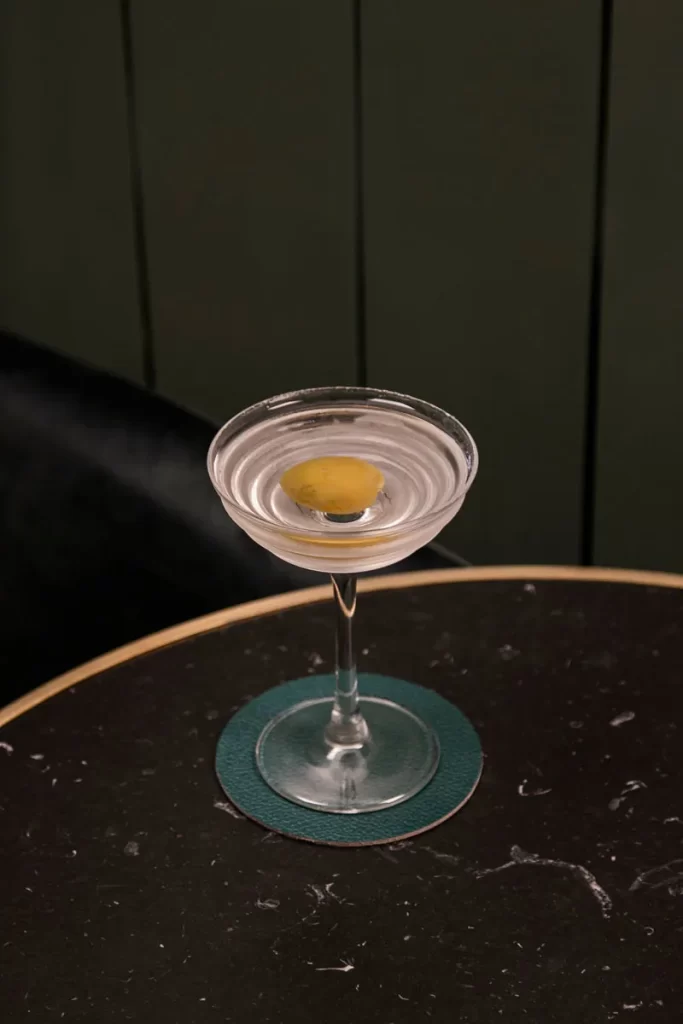
To prevent the dry martini from getting too warm, the classic cocktail is served twice from a small container. Sips
The project was born in London, on an afternoon when Alvarez and Caporale discussed their
dreams and their shared desire to reimagine what a cocktail bar could be. “At Sips the cocktail
offerings are at a very high level but it also a place where you want to hang out, try a spirit,
drink a beer, or enjoy a mixed drink. There’s something very democratic about the bar that
appeals to everyone,” explains Marc, whose career path included eight years being in charge of
alcohol purchases for the six restaurants in Albert Adrià’s elBarri Group. Caporale, for his part,
was in charge of Artesian at The Langham in London, named the best bar in the world several
times.
At Sips, the actual bar has an imposing physical presence but it is not the sole star of the space.
“It’s like a grand piano in an orchestra, it’s an elegant piece with great visual importance. Here
the cocktail bar aims high but at its drinks are reasonably priced and familiar favorites are
served along with innovative creations. Our goal is not to distill luxury or extravagance,” say the
bartenders, who choose to forego excessive gadgets and show when preparing cocktails.
“In the last few decades, as cocktails have become more and more popular in a wider part of
society, and have then been amplified by the media, we feel that certain human values have
been lost along the way,” Caporale says and he explains why they decided to limit the role of
bartenders as entertainers or celebrities. “Suddenly what matters is that the bartender is
famous, but the true essence has been lost: the service, the simplicity of a good product,” he
continues. “This is true not only in the classic or signature cocktail bar, but also in places where
they serve excellent wines or well-drawn beer.”

That also explains a surprising design decision at Sips—the bar is no longer a physical barrier
between the customer and the bartender, and thus the possibility of human exchanges has
been expanded. “You don’t invite someone into your home for a pre-dinner aperitif and then
stand on the other side of a bar from them. Instead, you sit down together in your living room
or kitchen. That’s what we want to replicate here. We want to eliminate the social barrier
between the person serving the cocktails and the person drinking them,” Caporale continues.
The Sips menu currently features somewhat eccentric creations, like the Blanc cocktail—a
“gastronomic tradition in liquid form” in the words of its creators—with Fundador brandy, pine
nuts, raisins, and freeze-dried spinach. Or there’s the Compressed, “a sunset from Jeréz”
(Spain’s sherry capital in Andalusia) with Macallan 12, palo cortado (a rare sherry), and
peach—both fruit and juice. On the other hand, with the Classips selection, favorite classic cocktails are given updates and visual improvements. All the cocktails are served in glassware
designed in collaboration with artisans Ferran Collado and José Piñero.
“A lot of bars—and we are partly responsible for this as bartenders—thought that extravagant
stemware was everything. But we don’t want to be too flashy in that regard. It’s not that it’s a
bad thing, it’s just not what we want to do. Our glasses are classic, simple, and light. All are
designed to be functional, to have a personality, and—why not?—to be fun too,” adds Alvarez.
The bar’s dry martini, for example, is served in a fine, elegant glass. “It’s one of the most
difficult classic cocktails to prepare. We have tried to avoid falling into one of the most common
problems with a dry martini, that it gets too warm,” they tell us. To that end, they came up with
the Two Steps Martini, which is served from a small bottle—the cocktail glass is refilled twice.
“That way we make sure it’s completely cold both times it’s served, straight from the 18 degree
Fahrenheit freezer.”
Sips gives beer its due respect too, something rare in spaces dedicated to cocktails. For
example, a special robotic tap has been installed to serve the Japanese beer Asahi with a
precisely calibrated, perfect ratio of foam to liquid in each glass.
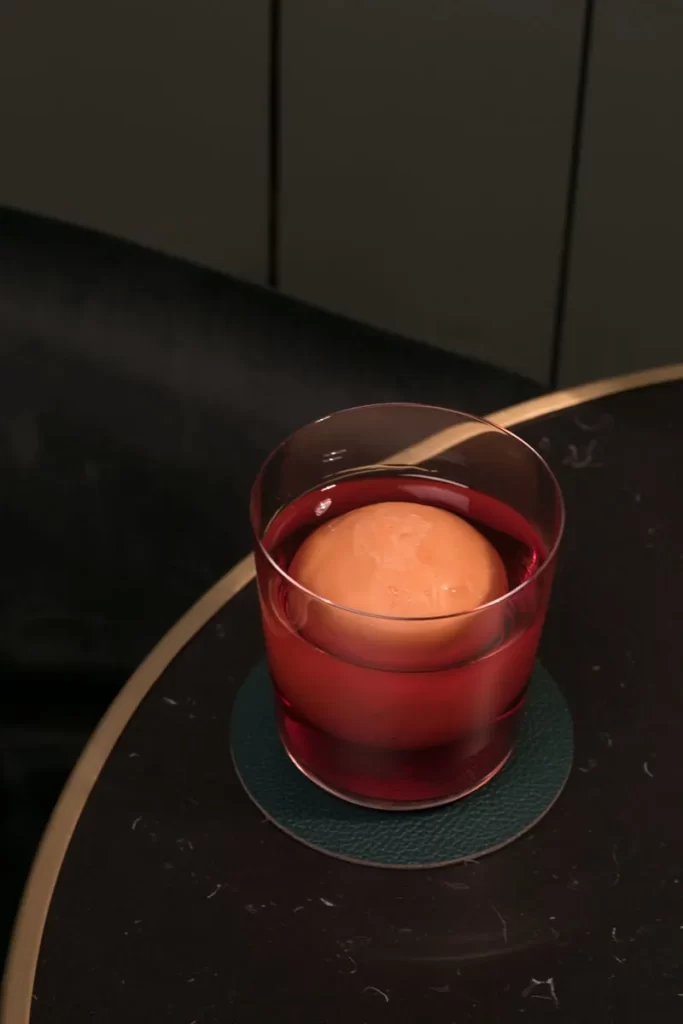
The team’s creativity extends to its menu, with its reflections on topics like “when did humans
first use a glass to drink?” The menu continues as it describes the Manos de Dalí, or Hands of
Dalí, “Millions of years ago, before homo sapiens existed, we drank with our hands. This glass is
a replica of a pair of hands in which Asian pear is combined with port, Spanish brandy, and hints
of cocoa.”
The bar serves its negronis, on the other hand, with an ice that cools the drinks but doesn’t
melt. “That is, it’s an ice that is not ice,” the duo explains. “What we do is apply new ways to
make cocktails for those who want to explore them and learn more about them. For those who
just want to drink a good cocktail, the details might go unnoticed or they become simply the
differentiating points that make a drink perfect. We don’t want to confuse anyone, we just want to make quality drinks,” they conclude. And they have achieved that goal. As they have
removed the barriers between patrons and their cocktails, Sips ensures that creativity can shine
brightly.
A version of this article originally appeared in Condé Nast Traveler España. This version was
translated and adapted from the Spanish by John Newton.
